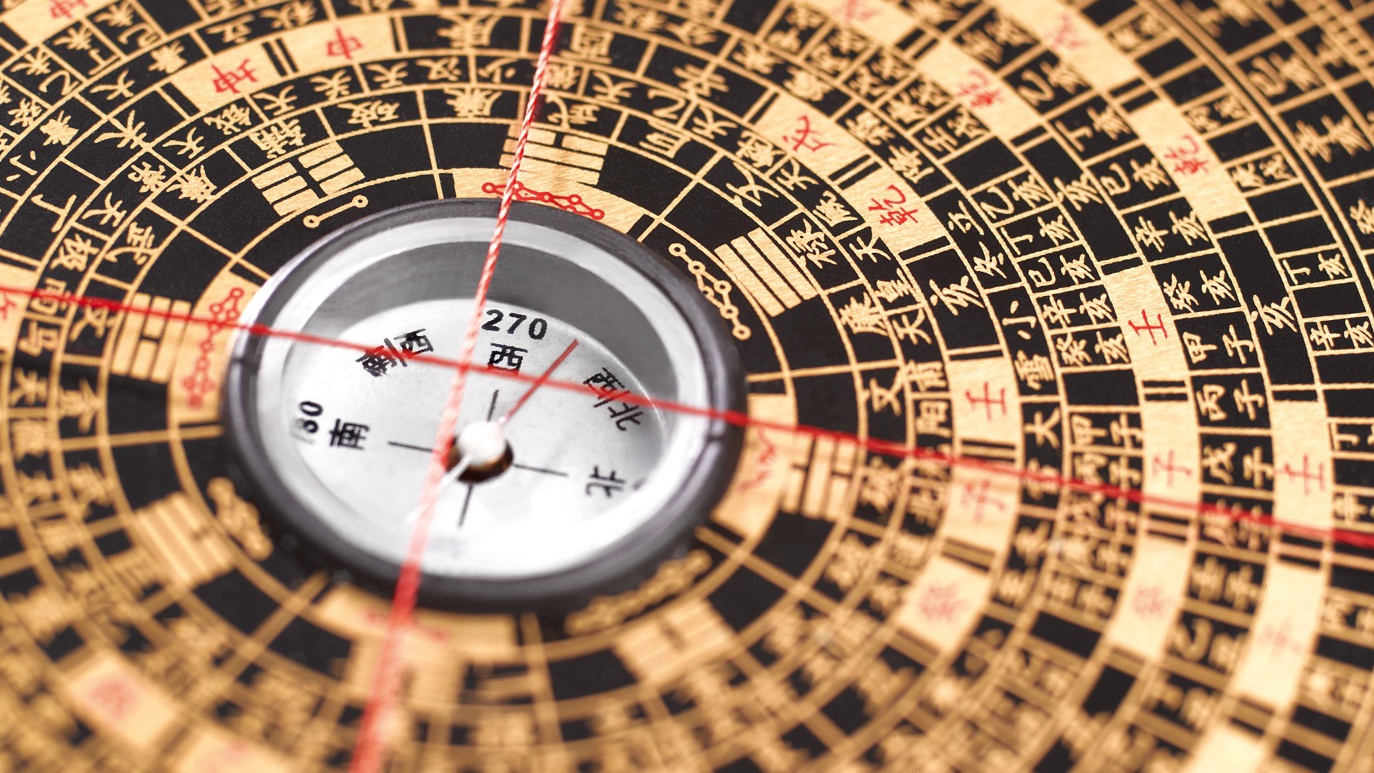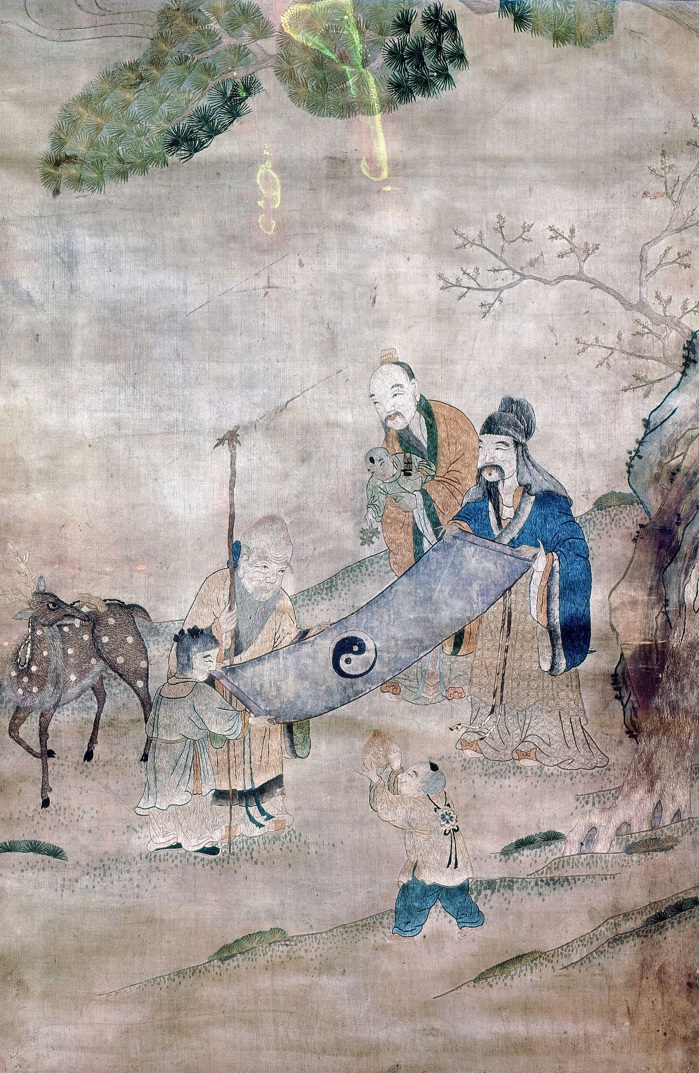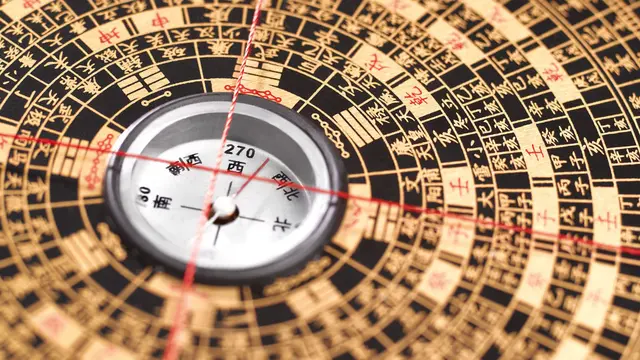
In the feng shui bagua map, there are eight cardinal directional sectors, derived from the magnetic directions of the compass. /CFP
Feng shui origins can be traced back to ancient China. The term feng shui is over 4,000 years old and describes a practice that uses energy forces to harmonize the individual and its surrounding environment, creating a balance with the natural world by correcting, remedying, and attracting positive energy.
"
Feng
" and "shui
" mean "wind" and "water" in Chinese. The basis of feng shui is the acceptance and balance of the qi,
the life force or life energy. When it comes to human beings, the qi
can be seen as the spirit of an individual. Via feng shui, the qi
surrounding us becomes accessible to the qi
in our body, letting our internal energy flow through the help of external energy sources. As an example, when you furnish your apartment according to feng shui, you allow the energy to flow freely through the rooms, improving the vibes in your space and, in turn, improving your personal well-being.
Although the calculations depend on the exact space you're living in, there are some general guidelines you can follow if you wish to invite positive
qi
into your home. According to feng shui, when decorating your house, room or garden, you can use the bagua,
a powerful tool for analyzing the energy in a space. Its schematic grid helps with the ideal division, use and equipping of each room.
Bagua
divides the space into different zones, each corresponding with different areas of life: career, friends, children, partnership, fame, wealth, family, and knowledge. In the center is tai chi, which represents earth and the positive energies we can acquire.
Each of these zones can be enhanced or strengthened through certain colors or items of furniture. You also have to pay attention to the five elements of feng shui: wood, fire, earth, metal, and water.
In principle, the
bagua
energy map is placed over the floor plan of a house or garden, and individual rooms are assigned to different zones. Each of the eight feng shui-bagua
areas has a specific feng shui element, color, and living area associated with it. The entrance is always related to career, knowledge, or friends zone.

The Chinese words "feng" and "shui" translate as "wind" and "water". This concept derived from an ancient poem that talks about human life being connected and flowing with the environment around it. /CFP
Career doesn't only stand for professional success, but also for a life path. That is why bright, clear colors are advantageous, and blue is particularly popular. Partnership symbolizes interpersonal relationships and, therefore, relies on gentle shapes and soft textiles. In terms of color, this area is kept in shades of yellow, white, or pink. Friends symbolize support and protection and, according to feng shui practice, can be enhanced through metallic colors, such as silver, gold, or gray, but also white and black.
In feng shui, the family stands for ancestors and parents as well as vitality and movement. The colors used in this zone are of various shades of green. Children not only represent offspring but also symbolize creativity and imagination. This is why this zone is also ideal for studying or working. Wealth – financially as well as spiritually - is enhanced by the color red, but also via some shades of green, according to feng shui philosophy.
In feng shui, fame is related to a person's external impact. You can encourage this by using orange and red colors in this zone while keeping your rooms filled with light.
According to Chinese philosophy, knowledge means calmness, wisdom, reliability, and stability. Green, as well as yellow and brown tones, strengthen this zone, which, by the way, should ideally be oriented to the northeast.
Tai chi is in the center of the
bagua
energy map and stands for health and balance. It represents the earth and positive energies we can acquire from the planet. The colors that ensure harmony here are yellow and ochre tones.
For more fascinating tales from China, follow us on @cgtntravelogue on Facebook and Instagram.
 简体中文
简体中文





